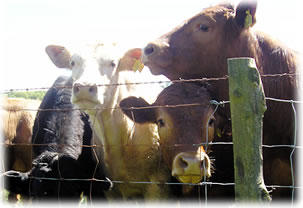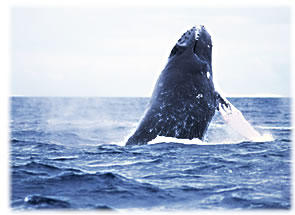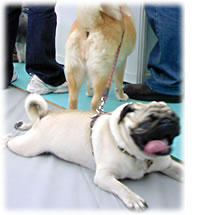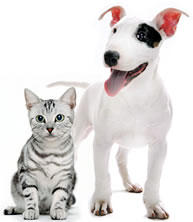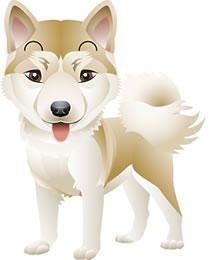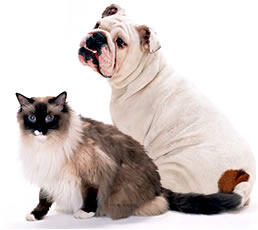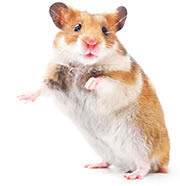The Law Concerning Service Dogs for Persons with Disabilities was very recently revised in an attempt to rectify some of the shortcomings in the original version.
One of the major problems in the original law was that, despite its being an access law for those being assisted by service dogs, there was no penalty for institutions and individuals who deny them the right of entry In asking for a solution to this issue, the service dog users themselves were not necessarily looking for ways in which to penalize facilities and businesses that fail to grant them access.
Instead many of the users preferred to have a public "complaints department", so to speak, specific to this problem.
According to the revised law, as of April 1, 2008 all prefectural governments, as well as those of major cities, must specify a particular office to respond to complaints from service dog users.
The facilities which the service dogs and their users enter are also free to report to this office an any troubles they may be experiencing.
Another glitch in the original law was its inability to mandate all private businesses and offices to accept service dogs belonging to employees.
Before the revision private company offices were simply asked to "try" and accommodate service dogs.
One can imagine that such wording would not have much effect.
As of October 1 2008, all private companies, larger than the minimum size of business specified in the law, must allow employees using service dogs to bring their dogs to their place of work.
Hopefully these revisions will further help service dog users to move about unhindered in society.
However those people with disabilities living with their service dogs are hoping that there will come a day when social institutions decide to accept them not because the law tells them they must, but because they themselves feel that it is the "right thing to do".



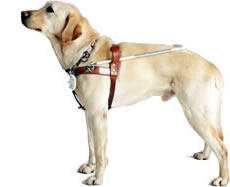
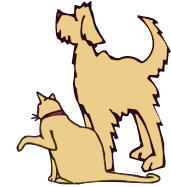
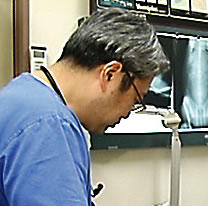

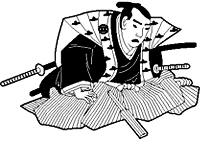 Birds have always held a special place in the history of Japanese pets.
Birds have always held a special place in the history of Japanese pets. Though Japan was being ruled under an isolationist policy during this period it is said that the Shogun and other powerful lords imported rare species of birds from southeast Asia and other regions including Africa and South America, through Dejima, the sole door open to foreign traders in the prefecture of Nagasaki. The Japanese "bird culture" is best understood through Japanese art. It is amazing to see the theme of "Kacho-fugetsu" (flower, bird, wind, and moon) carried through to such soaring heights!
Though Japan was being ruled under an isolationist policy during this period it is said that the Shogun and other powerful lords imported rare species of birds from southeast Asia and other regions including Africa and South America, through Dejima, the sole door open to foreign traders in the prefecture of Nagasaki. The Japanese "bird culture" is best understood through Japanese art. It is amazing to see the theme of "Kacho-fugetsu" (flower, bird, wind, and moon) carried through to such soaring heights!